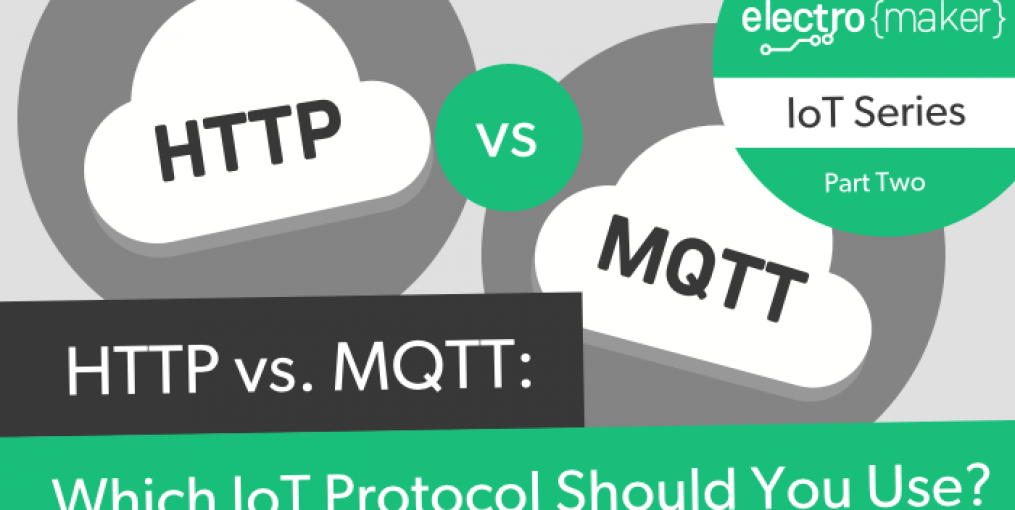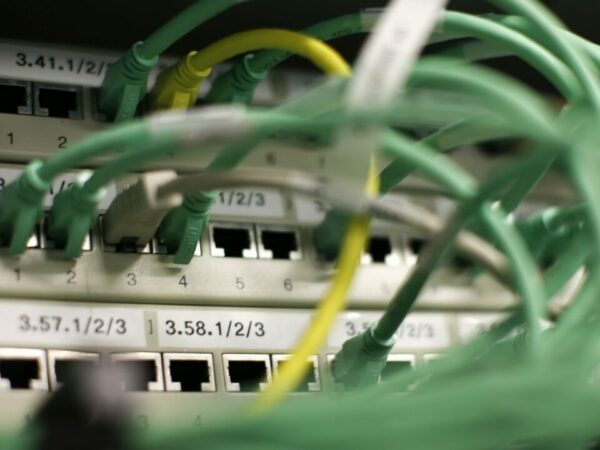Regarding pursuing programming plan choices for Web of Things (IoT) gadgets, it’s essential to accommodate your practical necessities inside the abilities of asset-obliged gadgets. All the more explicitly, you frequently need to proficiently offload information from the devices into the cloud, which in the end, expects you to assess different correspondence conventions.
Google Cloud IoT Azure IoT hub Center right now upholds gadget-to-cloud correspondence through two conventions: HTTP and MQTT. By inspecting the exhibition qualities of every one of these two conventions, you can choose which is more beneficial to your specific use case.
Setting up the investigation
We set up our examination by involving a solitary vault in Cloud IoT Center that acknowledges HTTP and MQTT associations. The library courses gadget messages to a solitary Bar/Sub point with one Cloud Capabilities endpoint as the endorser: the Cloud Capability composes the payload to log.
The end gadget is mimicked on our PC, which runs both an MQTT client and an HTTP client, and afterward gauges the reaction time and tracks the parcels sent over the wire.
Properties of the conventions
Before we delve into the execution subtleties, we should investigate the distinctions between MQTT and HTTP that impact how the tests are set up.
As the name proposes, MQTT (Message Queuing Telemetry Transport) is a distributor endorser design in which clients associate with a dealer, and the far-off gadgets distribute messages to a standard line. The convention upgrades towards message size for productivity.
HTTP sticks to the standard solicitation reaction model.
To make a fair examination of the two conventions, every means in the validation cycle (handshake) should be considered. For the Azure IoT hub MQTT case, this implies that the associate and disengage messages are estimated successively with genuine information messages. Since there will be the above for the MQTT case, we need to send an alternate number of information messages between one interface separate cycle and the following.
HTTP is the most famous and broadly utilized convention. Designers need to pick between them when we are discussing IoT improvement. Be that as it may, over the past years, MQTT quickly gain footholds.
Plan and Informing
MQTT is information-driven, while HTTP is report driven. HTTP is a demand reaction convention for client-server figuring and needs to be more generally streamlined for cell phones. In these terms, the substantial fundamental advantages of MQTT are lightweightness (MQTT moves information as a byte exhibit) and distribute/buy-in model, which makes it ideal for asset-compelled gadgets and helps save battery.
Additionally, distribute/buy-in model gives clients an autonomous presence from each other and upgrades the dependability of the entire framework. When one client is messed up, the whole framework can work appropriately.
Speed and Conveyance
As per estimations in 3G organizations, the throughput of MQTT is multiple times quicker than Http’s.
Furthermore, in contrast with HTTP, MQTT Convention guarantees high conveyance ensures. There are 3 degrees of Nature of Administration:
– at most once: ensures the best exertion conveyance.
– no less than once: reliable that a message will be conveyed something like once. In any case, the notice can be given at least once or twice.
– precisely once: ensures that the partner gets each message just a single time
MQTT Azure IoT hub also gives clients choices of Last will, Confirmation, and Held messages. The main intend that in the event of the startling detachment of a client, all bought-in clients will receive a letter from a merchant. The held statement implies that a recently bought-in client will get a prompt notice.
HTTP Convention has none of these capacities.
Intricacy and Message Size
MQTT has pretty short determination. Just Interface, Distribute, Buy-in, Withdraw and Disengage types are critical for engineers. At the same time, HTTP particulars are significantly longer.
MQTT has a concise message header and the smallest bundle message size of 2 bytes. Utilizing instant message design by HTTP convention permits it to make extended headers and messages. It assists with wiping out inconveniences since it tends to be perused by people, and yet it’s unnecessary for asset-obliged gadgets.
HTTP versus MQTT: Unwavering quality
A dependable convention is necessary at whatever point the client needs to know whether the sent information was received (and recognized). MQTT manages it utilizing QoS (Nature of Administration) – levels. To accomplish dependability, you should carry out additional items for HTTP.
HTTP versus MQTT: Purposes
Without a doubt, the main contrast exists in the reason for the HTTP and MQTT conventions. We see the bar/sub-(MQTT) and the one-to-many-(HTTP) models hold back nothing.
MQTT is superior to HTTP for IoT in the capacity to keep up with purported “association pools,” – empowering bidirectional correspondence for some Azure IoT hub gadgets associated by a solitary element. Likewise, MQTT empowers ongoing correspondence as a subsequent pecking order doesn’t lead it. HTTP should work off each solicitation in various leveled requests – the early bird gets the worm.
End
MQTT Convention is simple in purpose. It is fundamental when reaction time, throughput, lower battery, and transfer speed use are on the primary spot for future arrangements. It’s likewise ideal in the event of discontinuous availability.
HTTP is commendable and extendable. Yet, MQTT is more reasonable when it alludes to IoT improvement.




